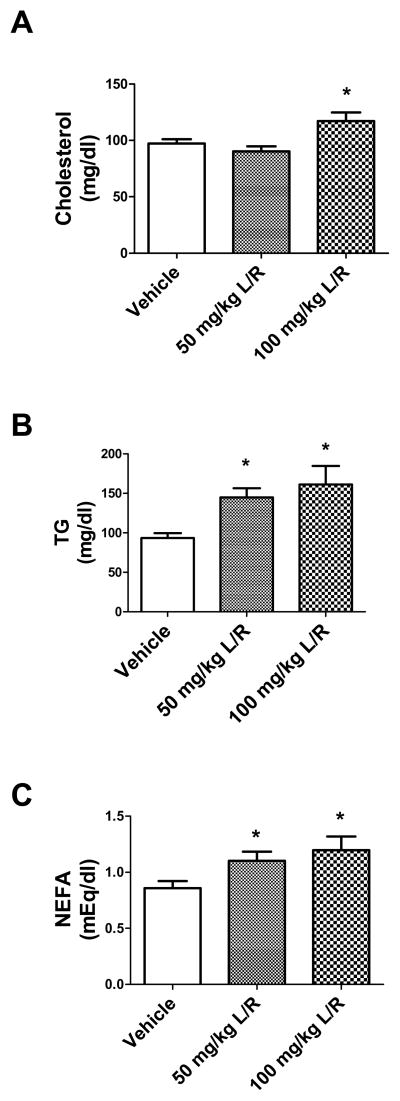Figure 4. Lopinavir/ritonavir significantly increases circulating serum lipids in mice.
Male C57BL/6 mice were treated daily with vehicle, 50 mg lopinavir/12.5 mg ritonavir/kg (50 mg/kg L/R), or 100mg lopinavir/25 mg ritonavir/kg (100 mg/kg L/R). After 21 days, mice were euthanatized and serum was collected. (A) Effects of lopinavir/ritonavir on total serum cholesterol. Data are means ± S.E.M. of cholesterol expressed as mg/dl serum, and were generated from 9–18 mice per group. Data were analyzed by 1-way ANOVA, and * indicates a significant (p<0.05) increase in total cholesterol levels in mice treated with 100mg lopinavir/25 mg ritonavir/kg mice as compared to levels in vehicle-treated mice. (B) Effects of lopinavir/ritonavir on serum triglyceride (TG) concentration. Data are means ± S.E.M. of triglycerides expressed as mg/dl serum, and were generated from 9–18 mice per group. Data were analyzed by 1-way ANOVA, and * indicates significant (p> 0.05) increases in triglycerides in lopinavir/ritonavir-treated mice as compared to vehicle-treated mice. (C) Effects of lopinavir/ritonavir on serum fatty acids (NEFA). Data are means ± S.E.M. of nonesterified fatty acids expressed as mEq/dl serum, and were generated from 9–18 mice per group. Data were analyzed by 1-way ANOVA, and * indicates significant (p> 0.05) increases in serum fatty acids in lopinavir/ritonavir-treated mice as compared to vehicle-treated mice.

